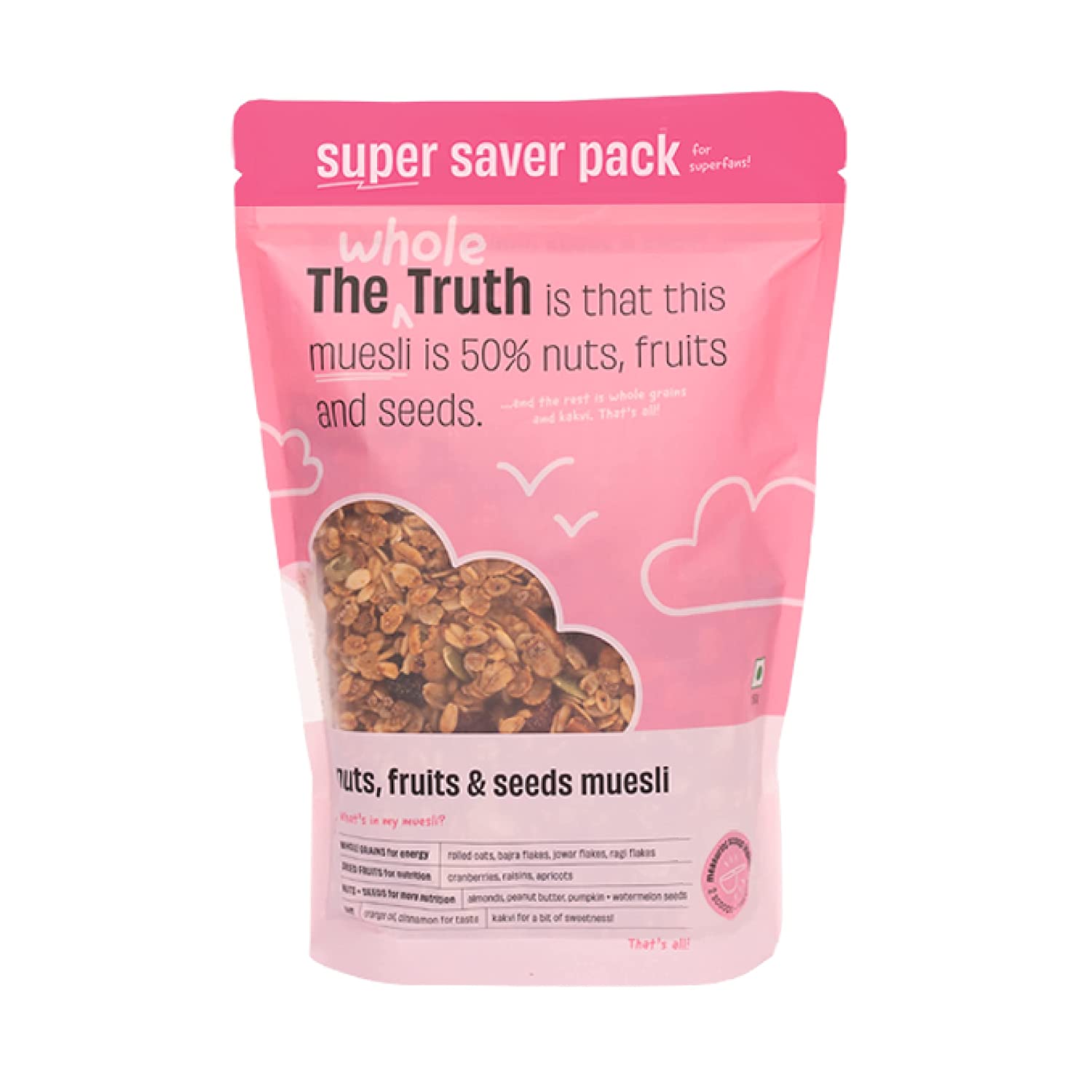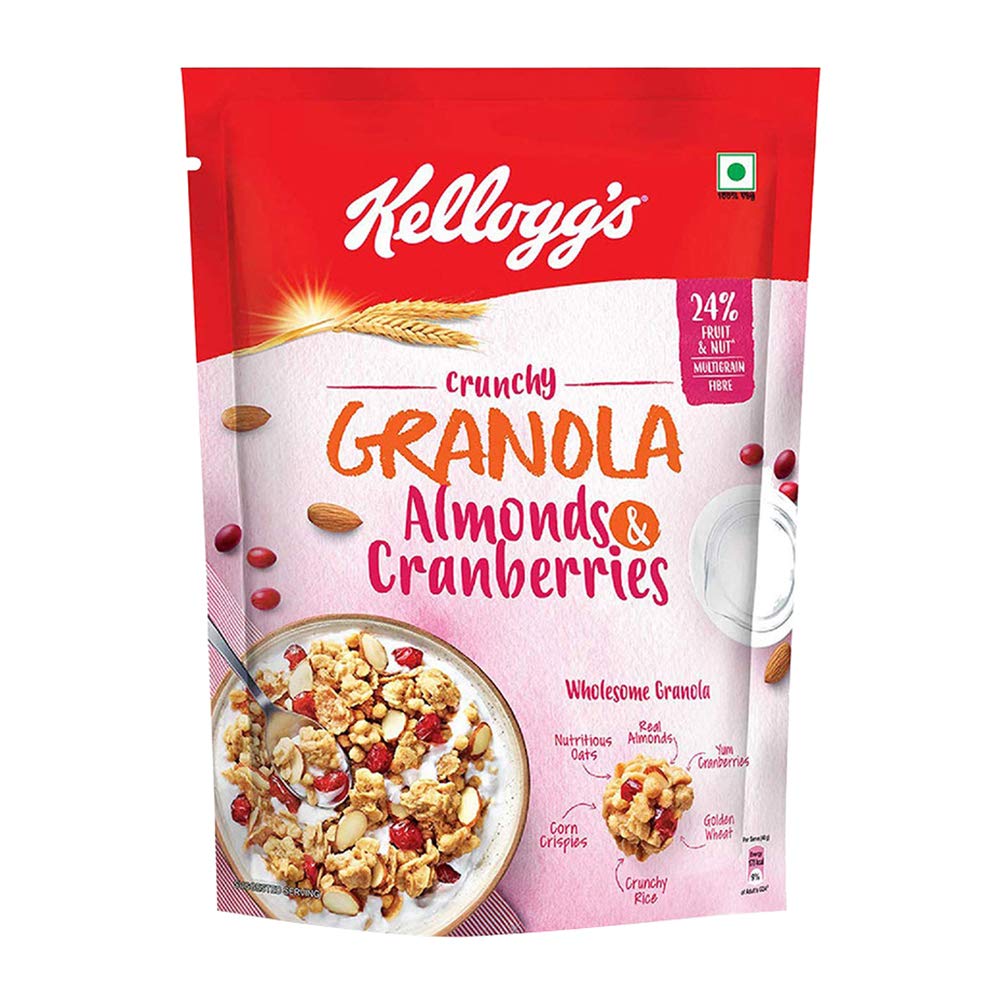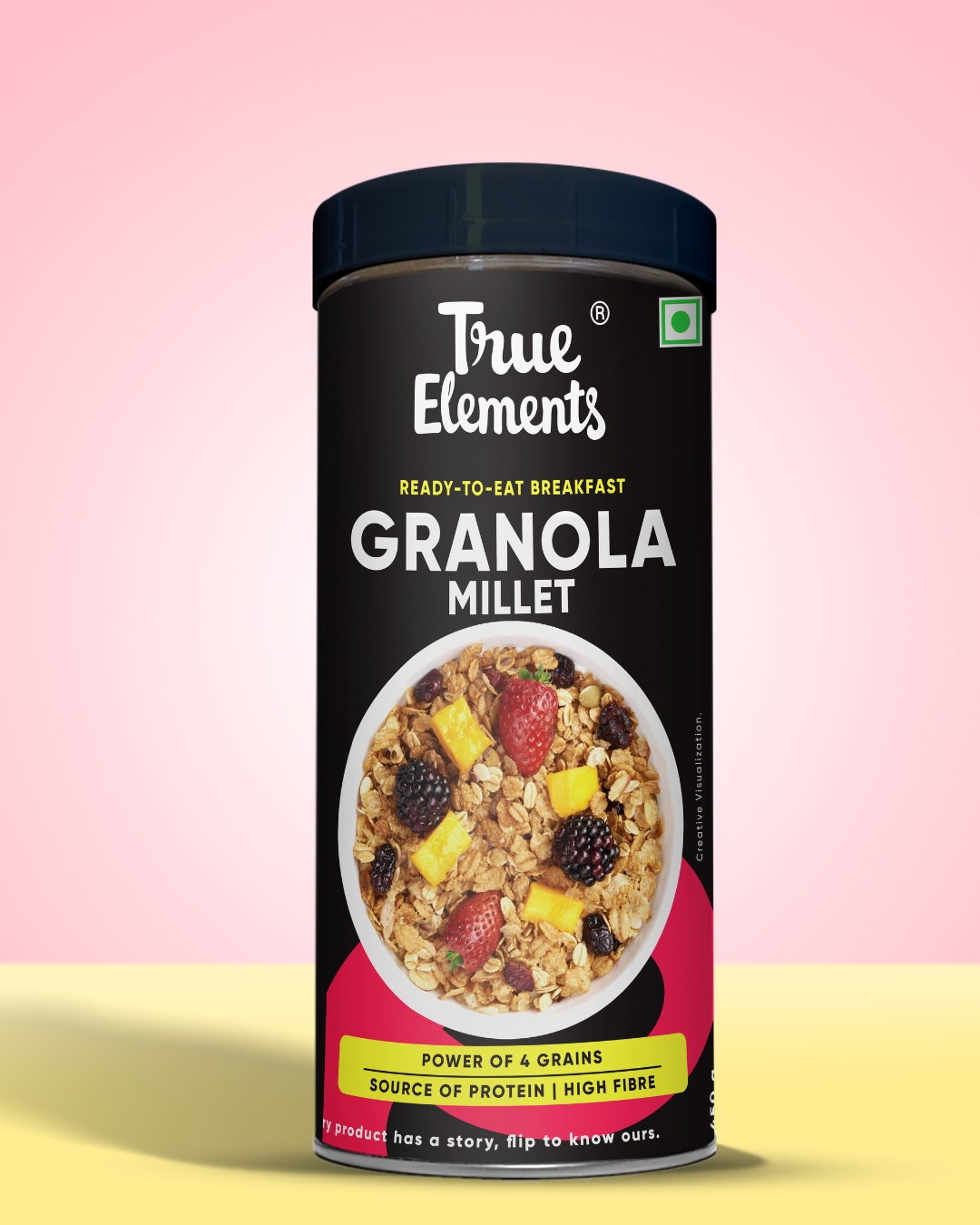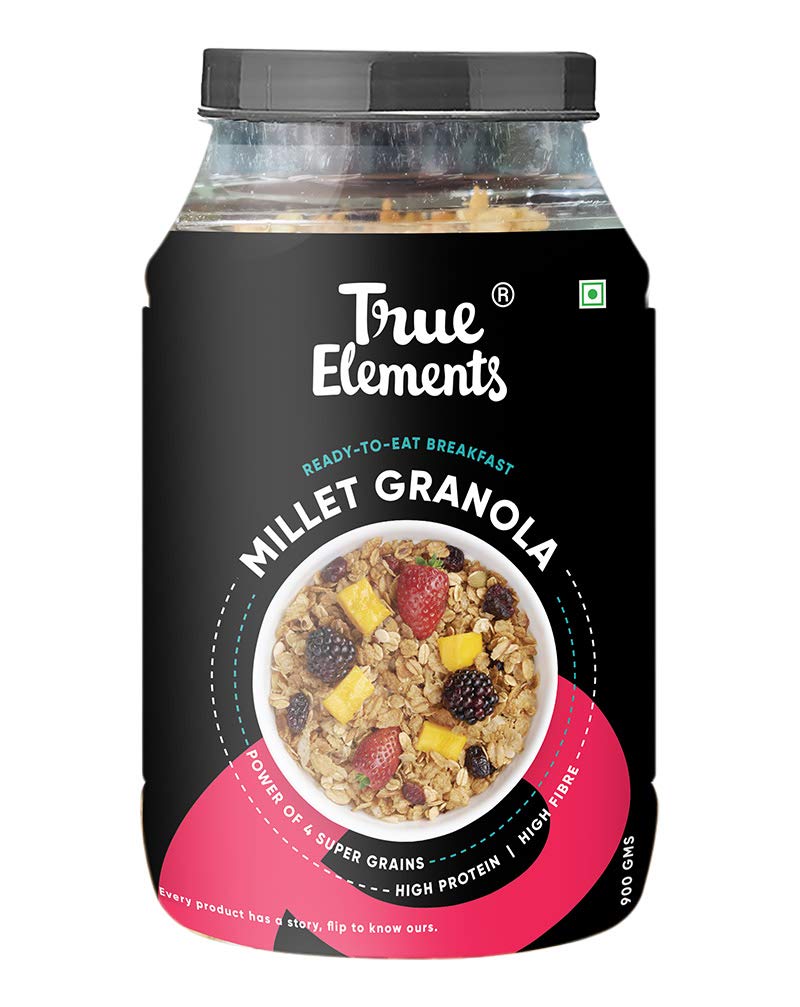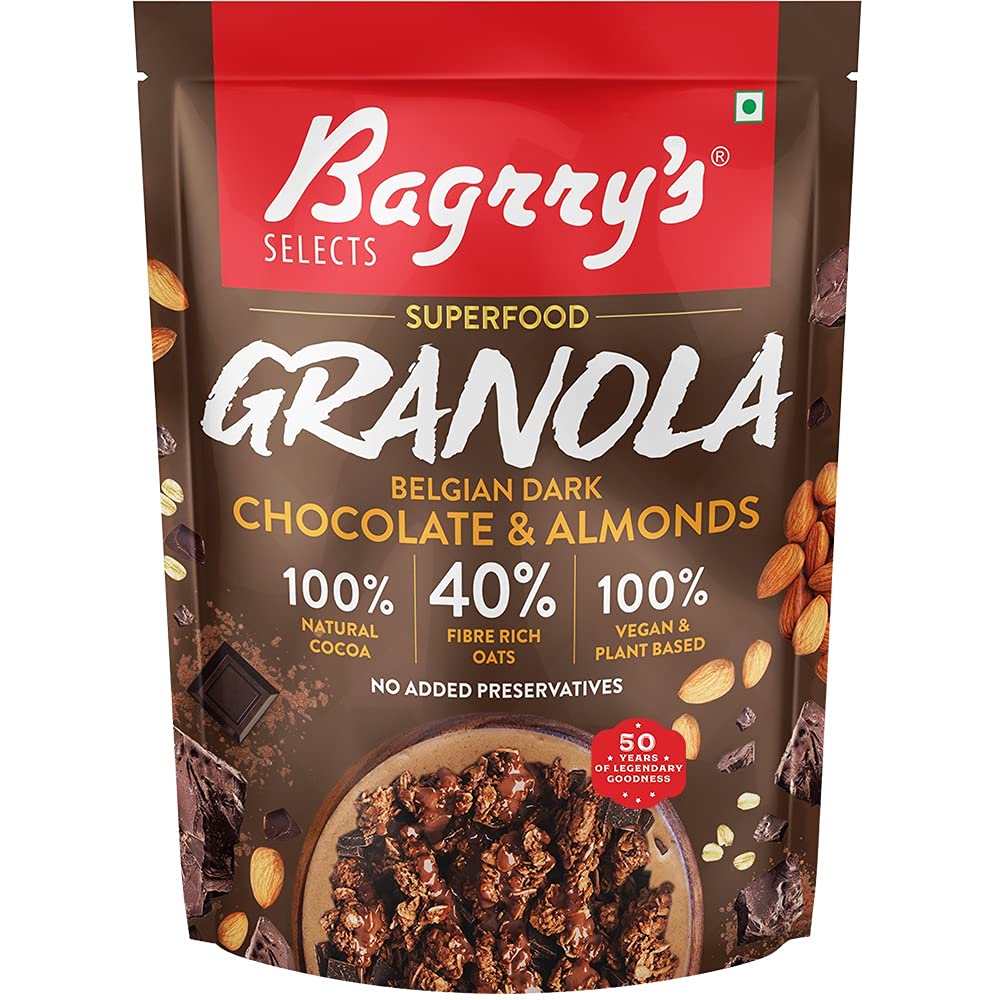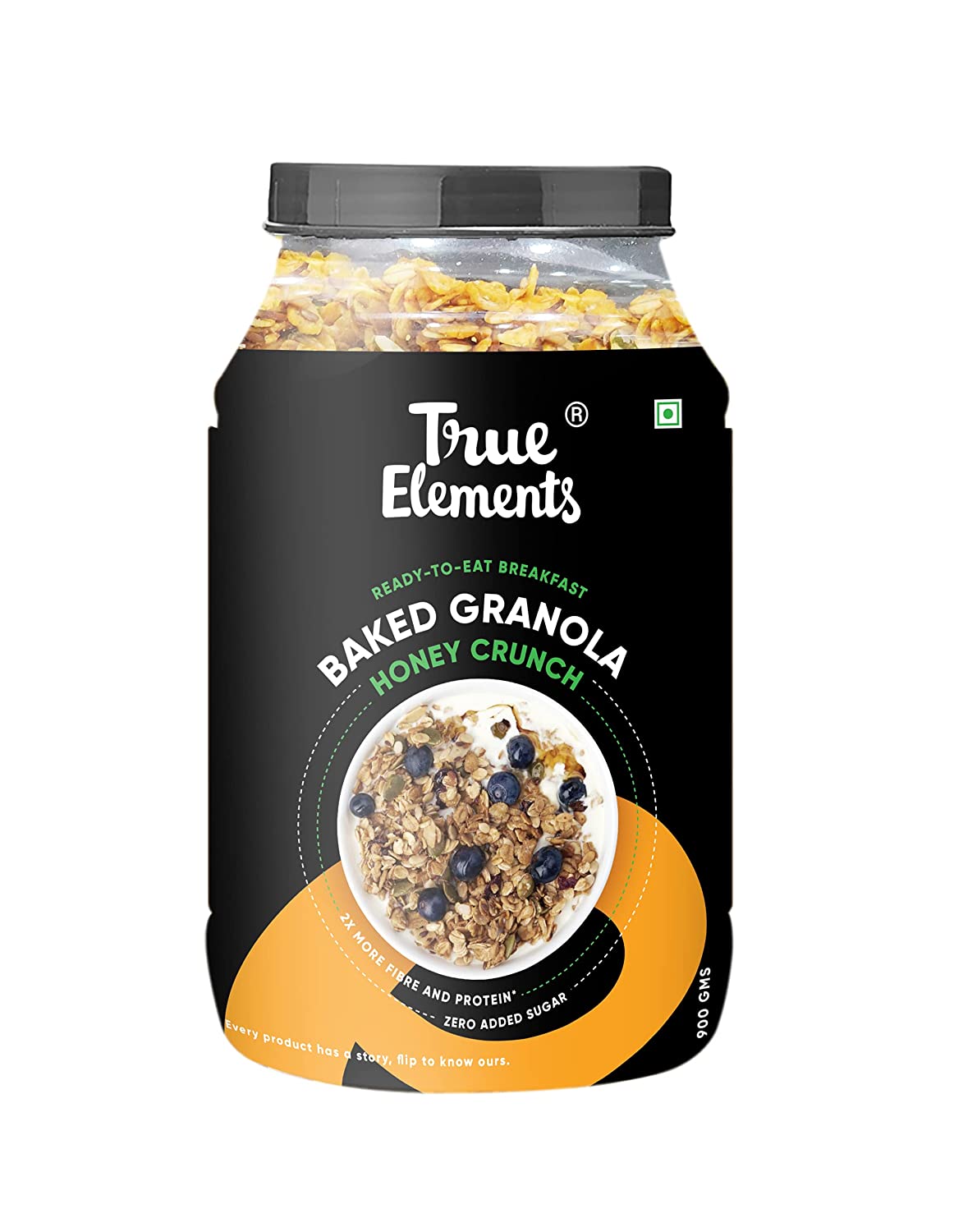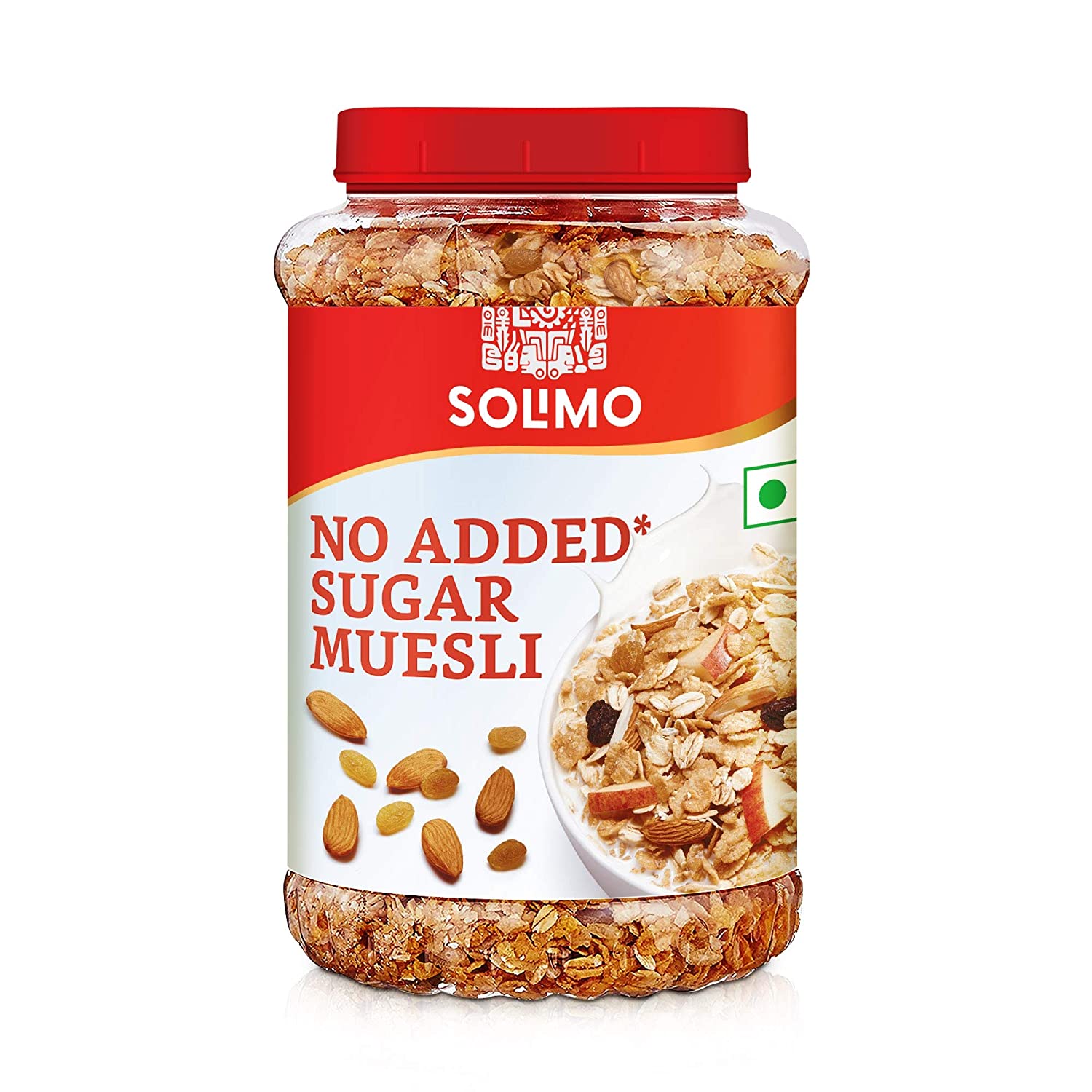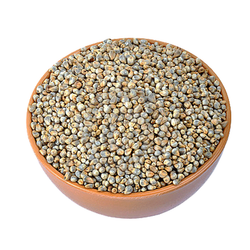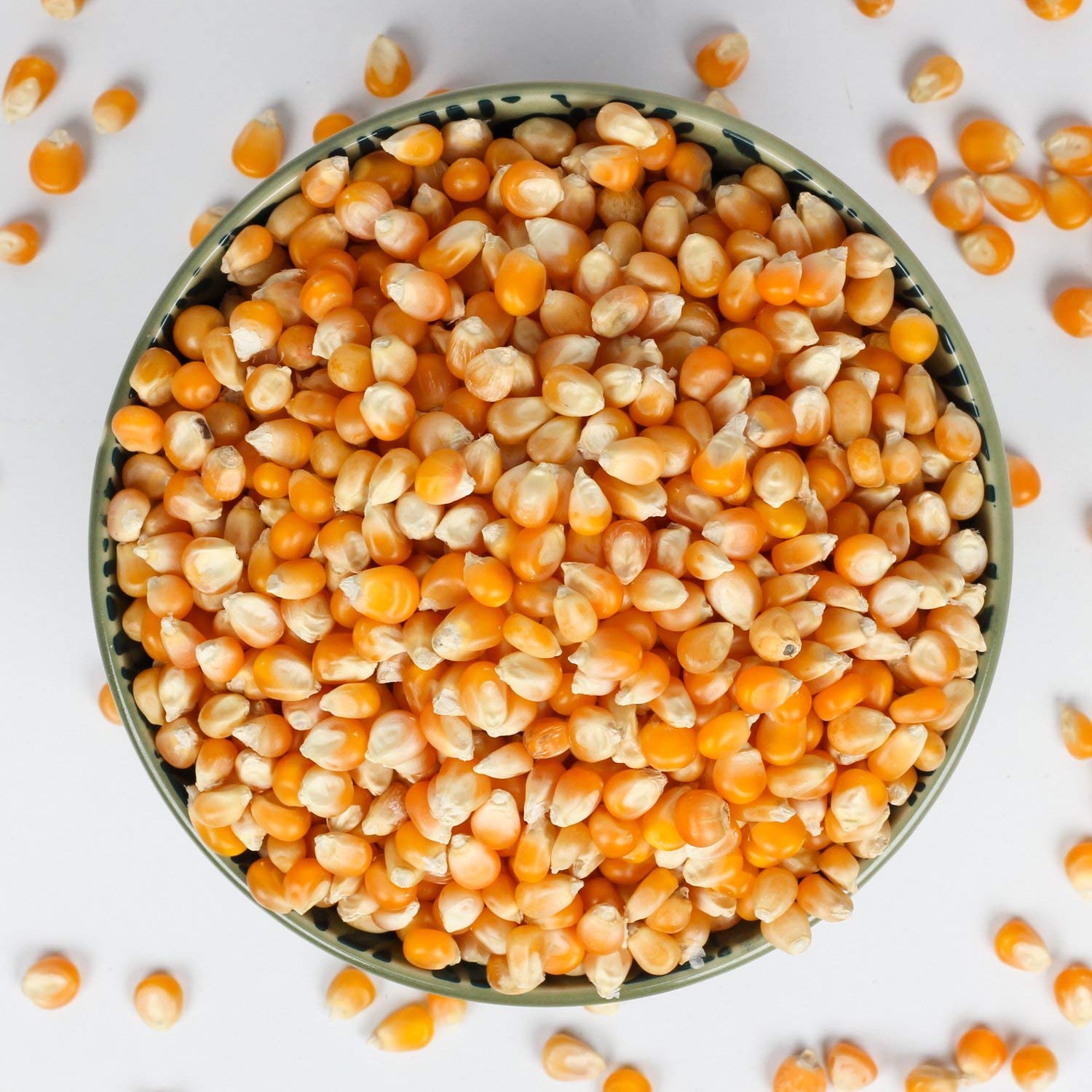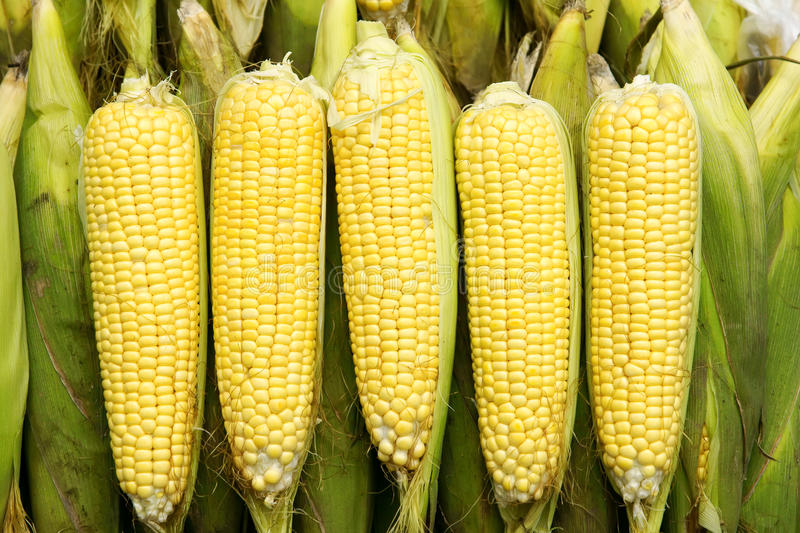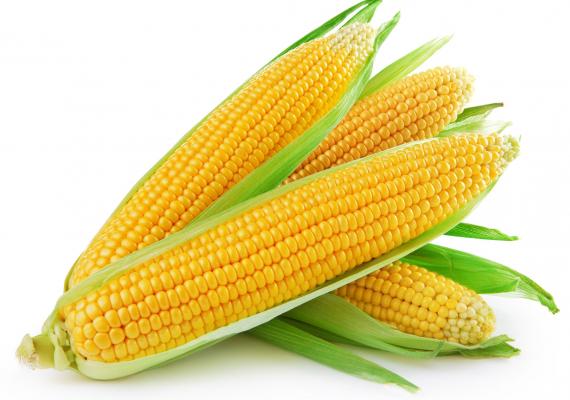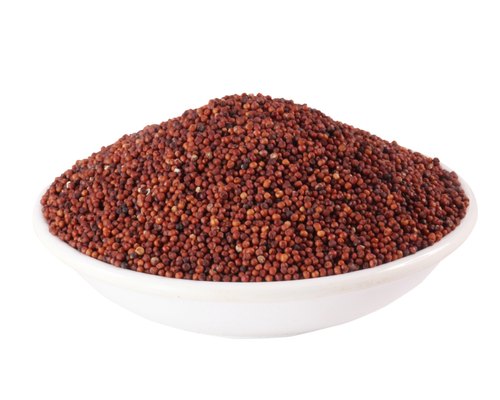Dietary Fibre
Macronutrient
Last update date: October 12, 2023
The parts of plant foods that your body is not able to digest or absorb are called Dietary fibres, also known as roughage or bulk.
Frequently Asked Questions
1.
What is Dietary Fibre?
Dietary fiber, also known as roughage or bulk, is a component found in plant foods that cannot be digested or absorbed by your body. Unlike fats, proteins, and carbohydrates that your body breaks down and absorbs, fiber passes through your stomach, small intestine, and colon without being digested. It is classified into two types: soluble fiber, which dissolves in water, and insoluble fiber, which does not dissolve.
2.
What is positive impact of Dietary Fibre?
Including dietary fiber in your diet offers several benefits for your health: Normalizes bowel movements: Fiber adds bulk to your stool, promoting regular bowel movements and preventing constipation. Helps maintain bowel health: A high-fiber diet can reduce the risk of developing hemorrhoids and diverticular disease. Lowers cholesterol levels: Soluble fiber can help lower LDL (bad) cholesterol levels, reducing the risk of heart disease. Helps control blood sugar levels: Soluble fiber slows down the absorption of sugar, helping to manage blood glucose levels and prevent spikes. Aids in achieving a healthy weight: High-fiber foods tend to be more filling, promoting satiety and potentially assisting in weight management.
3.
What is negative impact of Dietary Fibre?
Consuming excessive amounts of fiber may lead to the following issues: Bloating: A sudden increase in fiber intake can cause bloating and discomfort. Abdominal pain: Some individuals may experience abdominal pain or cramping due to high fiber intake. Flatulence: Increased fiber consumption can result in excessive gas production and flatulence. Loose stools or diarrhea: Too much fiber can have a laxative effect, leading to loose stools or diarrhea. Constipation: On the contrary, inadequate water intake with a high-fiber diet may cause constipation.Intestinal blockage in people with Crohn's disease: Individuals with Crohn's disease may experience intestinal blockages when consuming high-fiber foods. Reduced blood sugar levels: If you have diabetes, consuming excess fiber may cause a drop in blood sugar levels, requiring careful monitoring.
4.
Who should avoid Dietary Fibre?
People with digestive ailments, such as Crohn's disease or irritable bowel syndrome, may need to limit their fiber intake. It is essential to consult with a healthcare professional or registered dietitian to determine the appropriate amount of fiber for your specific condition.
5.
What is the best source of dietary Fibre?
Various plant foods contain different amounts and types of fiber. Here are some examples: Root vegetables like carrots, sweet potatoes, and beets are rich in fiber. Leafy vegetables such as spinach, kale, and cabbage provide a good amount of fiber. Legumes or pulses like lentils, chickpeas, and black beans are excellent sources of fiber. Certain fruits like pears, apples, and berries contain significant amounts of fiber. Strawberries and peaches are high in lignin, a type of fiber. Citrus fruits, such as oranges and grapefruits, are rich in pectins, another type of fiber. Cereals and grains, including oats, whole wheat, brown rice, and quinoa, are abundant in both cellulose and hemicellulose, types of fiber.
6.
What breakfast has the most fiber?
A nutritious high-fiber breakfast can consist of whole grain bread, whole grain cereals, oats, bran, fruits, vegetables, whole wheat bread, oatmeal, and almonds.
7.
How often should you eat fiber?
On average Women should try to eat at least 21 to 25 grams of fiber a day, while men should aim for 30 to 38 grams a day.



